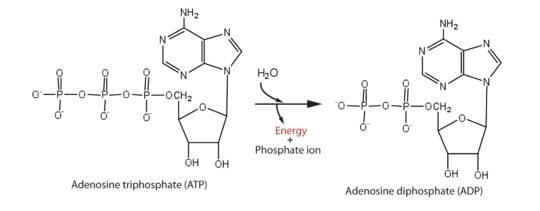Sandbox Reserved 1102
From Proteopedia
(Difference between revisions)
| Line 11: | Line 11: | ||
Zika is a [https://en.wikipedia.org/wiki/Double-stranded_RNA_viruses double-stranded RNA virus]. The [https://en.wikipedia.org/wiki/Viral_replication genome replication] of double-stranded RNA viruses needs the intervention of a [https://en.wikipedia.org/wiki/Helicase helicase]. | Zika is a [https://en.wikipedia.org/wiki/Double-stranded_RNA_viruses double-stranded RNA virus]. The [https://en.wikipedia.org/wiki/Viral_replication genome replication] of double-stranded RNA viruses needs the intervention of a [https://en.wikipedia.org/wiki/Helicase helicase]. | ||
| - | Protein from Zika is composed of a protease domain at its [https://en.wikipedia.org/wiki/N-terminus N terminus] and a helicase domain at its [https://en.wikipedia.org/wiki/C-terminus C terminus]. The multifunctional helicase belongs to the superfamily 2 (SF2) helicase family. It is this helicase domain that has 5'-triphosphatase activity and that performs the critical and indispensable function of unwinding double-stranded RNA during Zika genome replication. So it is an essential enzyme involved in the cycles of [https://en.wikipedia.org/wiki/ATP_hydrolysis ATP hydrolysis] and behaves as a motor protein in the RNA unwinding. Helicase performs ATP hydrolysis at the 5′ end of RNA to generate energy. | + | Protein from Zika is composed of a protease domain at its [https://en.wikipedia.org/wiki/N-terminus N terminus] and a helicase domain at its [https://en.wikipedia.org/wiki/C-terminus C terminus]. The multifunctional helicase belongs to the superfamily 2 (SF2) helicase family. It is this helicase domain that has 5'-triphosphatase activity and that performs the critical and indispensable function of unwinding double-stranded RNA during Zika genome replication. So it is an essential enzyme involved in the cycles of [https://en.wikipedia.org/wiki/ATP_hydrolysis ATP hydrolysis] and behaves as a motor protein in the RNA unwinding. Helicase performs ATP hydrolysis at the 5′ end of RNA to generate energy. A water molecule attacks one of the phosphorus atom of the ATP molecule; after the phosphate group is freed with ADP. With the use of the energy derived from ATP hydrolysis, helicase translocates along nucleic acid strands and unwinds the double-stranded RNA genome. |
[[Image:ATPhydrolysis.jpg | thumb | upright=3,5 | Energy from ATP hydrolysis]] | [[Image:ATPhydrolysis.jpg | thumb | upright=3,5 | Energy from ATP hydrolysis]] | ||
This step is among the necessary steps when it comes to viral RNA replication. It provides, then, conditions for the polymerization of RNA by an RNA-dependent RNA polymerase and the methylation of RNA by methyltransferase, which is essential for Zika replication. Moreover, it has been noticed that the viral replicative capacity and efficiency can be modified by the ATPase activity and therefore. Moreover, this enzyme can also change the host innate immune response. | This step is among the necessary steps when it comes to viral RNA replication. It provides, then, conditions for the polymerization of RNA by an RNA-dependent RNA polymerase and the methylation of RNA by methyltransferase, which is essential for Zika replication. Moreover, it has been noticed that the viral replicative capacity and efficiency can be modified by the ATPase activity and therefore. Moreover, this enzyme can also change the host innate immune response. | ||
Revision as of 17:15, 16 January 2020
| This Sandbox is Reserved from 25/11/2019, through 30/9/2020 for use in the course "Structural Biology" taught by Bruno Kieffer at the University of Strasbourg, ESBS. This reservation includes Sandbox Reserved 1091 through Sandbox Reserved 1115. |
To get started:
More help: Help:Editing |
5y6n- Zika virus helicase in complex with ADP
5y6n is a 1 chain protein structure. It’s the only helicase that belongs to zika virus. Zika helicase plays an important role in the pathogenocity of this virus.
| |||||||||||


